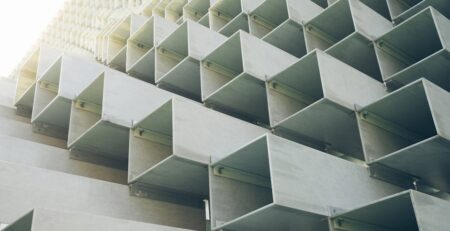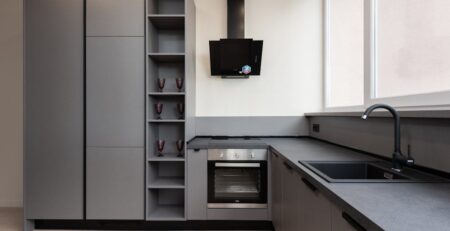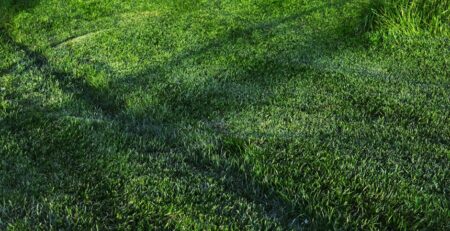Is Artificial Turf Installation in Los Angeles Environmentally Friendly?
In sunny Los Angeles, the question of green lawns has taken a turn towards the synthetic. Let’s delve into the world of artificial turf and its environmental footprint.
Understanding Artificial Turf
Artificial turf, once a symbol of the future, has woven its way into the urban landscape. Synthesized from polyethylene or nylon, its green blades are designed to mimic the look and feel of natural grass, without the incessant need for water and maintenance. But the question looms: how does this fit into our eco-system?
Beyond its aesthetic appeal, artificial turf bears several environmental considerations. These include its manufacturing process, lifespan, and potential for recycling. Understanding these facets is crucial for any Los Angeles homeowner pondering a switch.
Environmental Impacts of Artificial Turf
The production of artificial turf involves petroleum-based materials, demanding energy and emitting greenhouse gases. However, once laid down, its environmental demands decrease significantly, notably in water conservation—a critical aspect in drought-prone Los Angeles.
Another angle to consider is the heat absorption of artificial turf. Its surfaces can become considerably hotter than natural grass, potentially contributing to urban heat islands, which increase air conditioning demand and carbon emissions. Yet, with strategic placement and the use of newer, heat-resistant varieties, this downside can be mitigated.
Moreover, turf’s lack of habitat for insects and wildlife compared to natural grasslands must be acknowledged. The absence of a need for mowing and fertilizers, though, reduces air and water pollution significantly.
Comparing Artificial and Natural Grass
Weighing artificial turf against natural grass involves multiple factors. Water conservation stands out, with turf requiring no irrigation and thus offering significant savings in Los Angeles’ arid condition. The absence of chemical treatments further tilts the balance in favor of synthetic surfaces.
Yet, the environmental benefits of natural ecosystems cannot be overlooked. Natural grass supports biodiversity, aids in carbon sequestration, and contributes to the cooling of urban areas. The choice between the two often boils down to personal needs and values, as well as the specific application of the grass area.
Benefits of Artificial Turf Installation in Los Angeles
In Los Angeles, artificial turf’s advantages amplify. Water scarcity makes the water-saving aspect highly appealing, while its minimal maintenance fits perfectly with busy lifestyles. Artificial lawns stand resilient against drought, offering year-round greenery without straining local water resources or necessitating harsh chemicals.
Challenges of Artificial Turf
Despite its benefits, artificial turf brings challenges. Its installation upfront can be costly and requires skilled professionals to ensure proper drainage and longevity. The heat aspect remains a concern, especially in areas exposed to direct sunlight, necessitating innovative solutions to mitigate its impact.
The lifecycle of artificial turf is another consideration. While it eliminates the need for regular upkeep, the material does not biodegrade, posing disposal challenges once its service life ends. Its recycling potential, though growing, remains limited, urging consumers and manufacturers alike to seek sustainable advancements.
Recycling and Disposal of Artificial Turf
End-of-life solutions for artificial turf are becoming increasingly critical as its usage grows. Recycling programs, although not widespread, are emerging, offering avenues to repurpose used turf into products like athletic fields, landscape material, and even new turf. However, the complexity of turf materials still makes recycling challenging and costly.
Disposal often involves landfilling, where the non-biodegradable components can linger indefinitely. Efforts to develop fully recyclable turf and improve recycling processes are ongoing, emphasizing the importance of choosing products designed with end-of-life in mind.
Making an Environmentally Friendly Choice
For Los Angeles homeowners, the decision to install artificial turf can be seen as an environmentally conscious choice, particularly when water conservation and long-term sustainability are prioritized. By selecting high-quality, recyclable materials, and considering the full lifecycle of the product, individuals can minimize their environmental impact.
Engaging with reputable companies that emphasize eco-friendly practices, from installation to disposal, further ensures that your artificial turf aligns with broader environmental goals. As this industry evolves, staying informed and opting for the most sustainable options available can make a significant difference.
Synthesizing Our Thoughts on Artificial Turf
While artificial turf has its drawbacks, when installed and managed correctly, it presents a viable, low-maintenance alternative for Los Angeles homeowners. Ultimately, determining its environmental friendliness involves a balance of factors, including water conservation, carbon emissions, and recycling capabilities. Embracing a well-informed approach ensures that your choice benefits your home and the planet.









